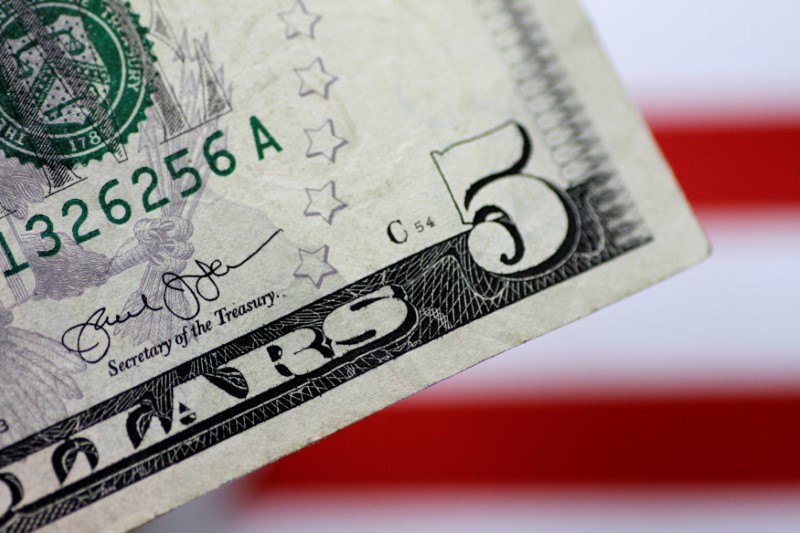Investing.com-- Most Asian currencies kept to a flat-to-low range on Thursday, while uncertainty over the Federal Reserve’s plans for interest rate cuts in 2024 saw the dollar rebound to a three-week high.
The minutes of the Federal Reserve’s December meeting provided little clarity on the bank’s plans for rate cuts this year, which further unsettled risk appetite after a weak start to 2024 for financial markets.
Asian currencies remained particularly sensitive to rate-cut anxiety, after having logged a largely dismal performance in 2023 on headwinds from higher interest rates. While regional currencies saw some relief towards the end of the year, the recovery was now on ice.
The Japanese yen moved little as local markets reopened after an extended new year’s holiday. Purchasing managers index (PMI) data showed that Japanese economic activity remained fragile, as the manufacturing sector remained in contraction in December.
Sentiment towards Japan was also dented by a devastating earthquake in central Japan, which killed scores of people and disrupted train lines in the region.
The Australian dollar rose 0.2%, although further gains were held back by PMI data showing the country’s service sector remained in contraction in December.
Chinese yuan creeps lower, Fitch downgrades national asset managers
The Chinese yuan fell 0.1% on Thursday, with further losses in the currency held back by a substantially stronger-than-expected midpoint fix by the People’s Bank.
Sentiment towards China was dealt a fresh blow by Fitch downgrading the ratings of four major state-backed asset managers, and placing three of them on watch for more cuts.
The ratings agency cited increased headwinds for the firms from a property market slump, and also raised concerns over the government’s ability to provide financial support to the four.
The four play a key role in maintaining Chinese lending stability by snapping up non-performing assets from the open market, with their downgrade potentially heralding more headwinds for the Chinese economy.
A private survey showing improved growth in China’s service sector did little to shore up sentiment.
The yuan was also among the worst-performing Asian currencies in 2023, as a post-COVID economic rebound fizzled out, while the PBOC cut interest rates further into record-low territory.
Broader Asian currencies were flat on Thursday, after a largely underwhelming performance in 2023. The South Korean won traded sideways, while the Indian rupee remained in sight of record lows. PMI data showed India’s manufacturing sector grew less than expected in December, but still remained well within in expansion territory.
Dollar rebounds to 3-week high, rate-cut uncertainty in play
The dollar index and dollar index futures moved little in Asian trade on Thursday, but remained in sight of a three-week high hit in the prior session.
The greenback marked a sharp recovery from five-month lows hit at the end of 2023, as markets second-guessed the timing of the Fed’s planned interest rate cuts.
The minutes of the Fed’s December meeting provided little clarity on the cuts, as policymakers noted progress against inflation, but still highlighted risks to the American economy.
Nonfarm payrolls data due on Friday is also expected to factor into the Fed’s outlook on rate cuts, with the CME Fedwatch tool still showing market expectations largely geared towards a 25 basis point reduction in March.
High U.S. interest rates saw Asian currencies log an underwhelming performance in 2023. But this trend is likely to change as the Fed begins trimming rates in 2024.
